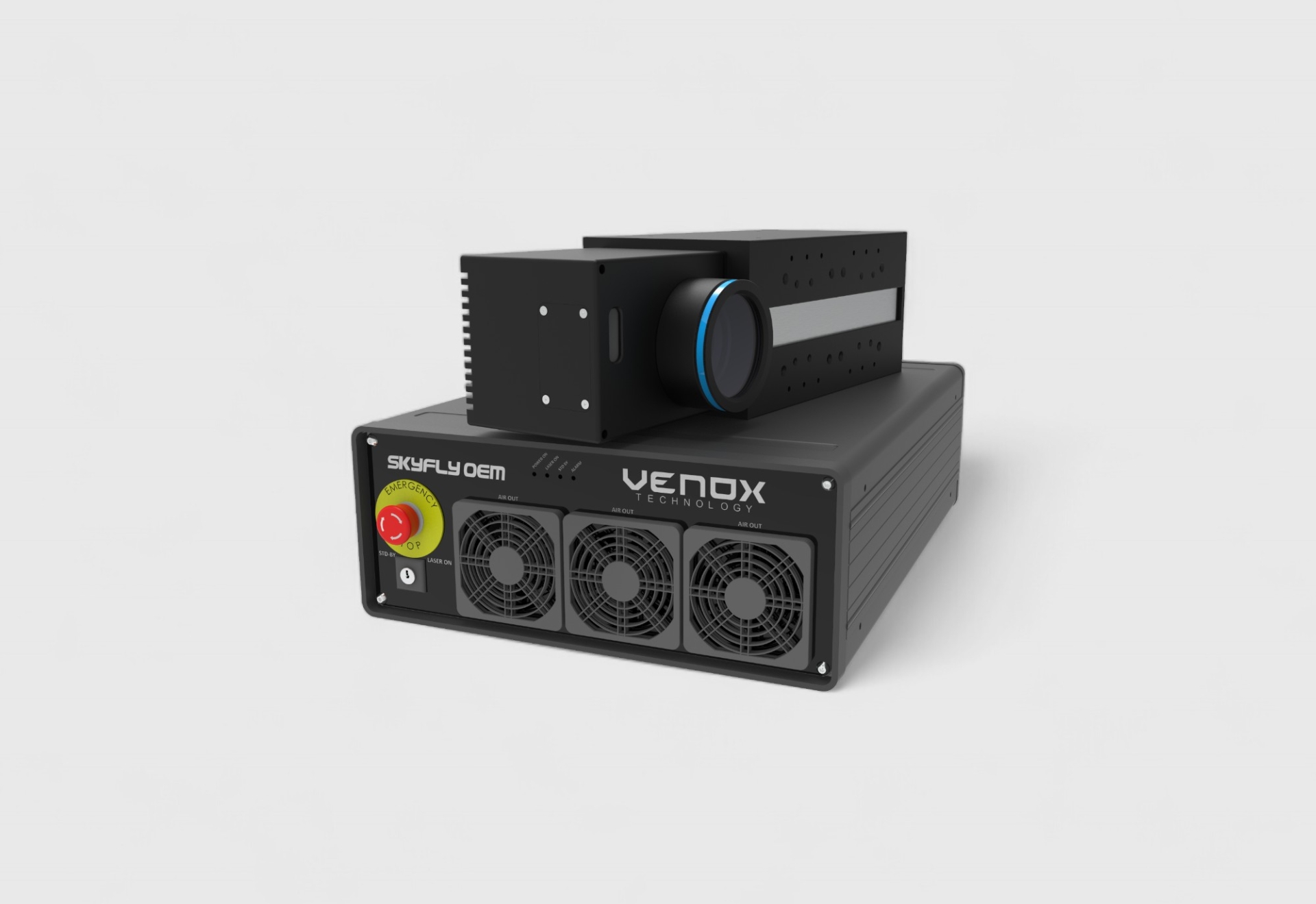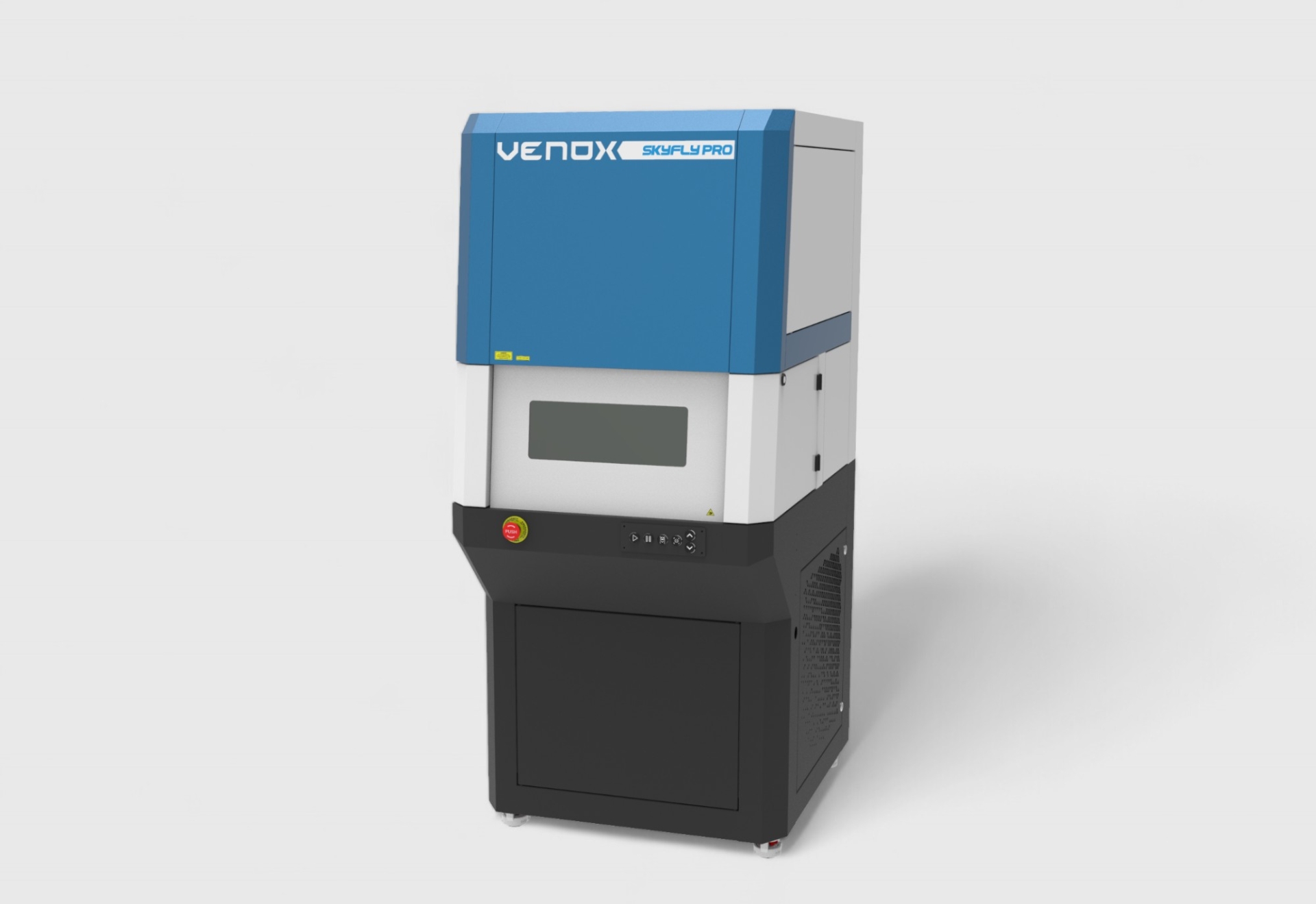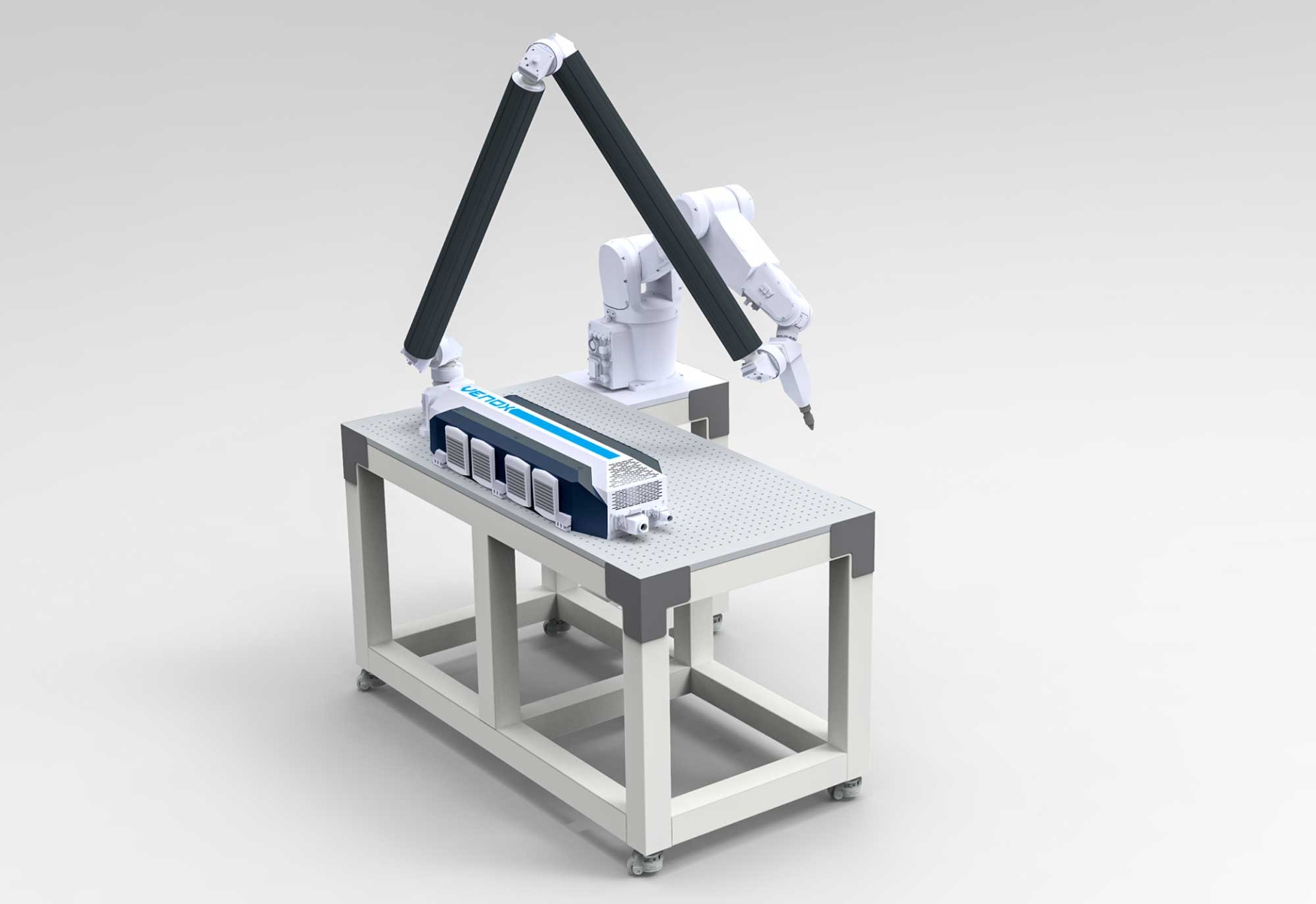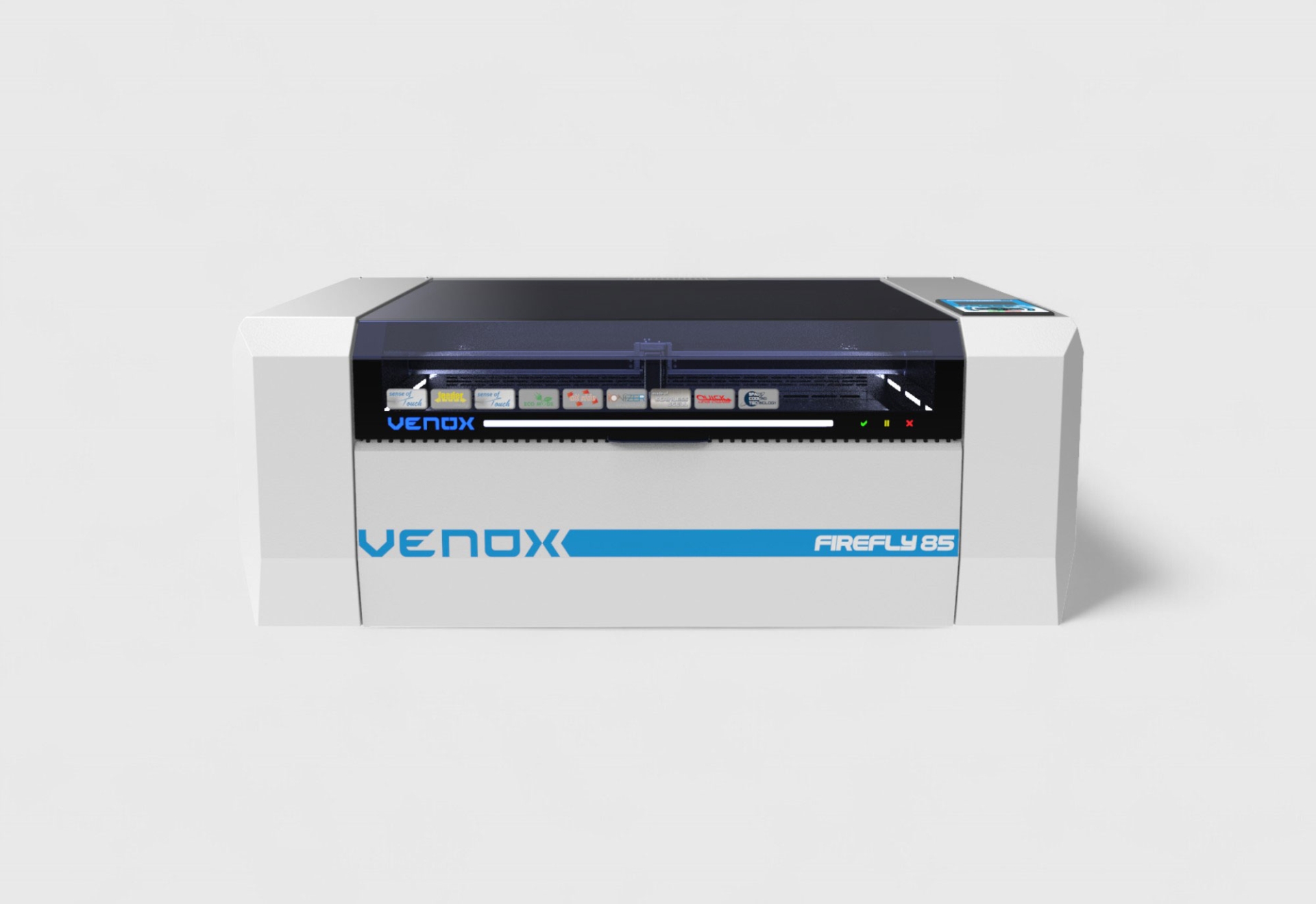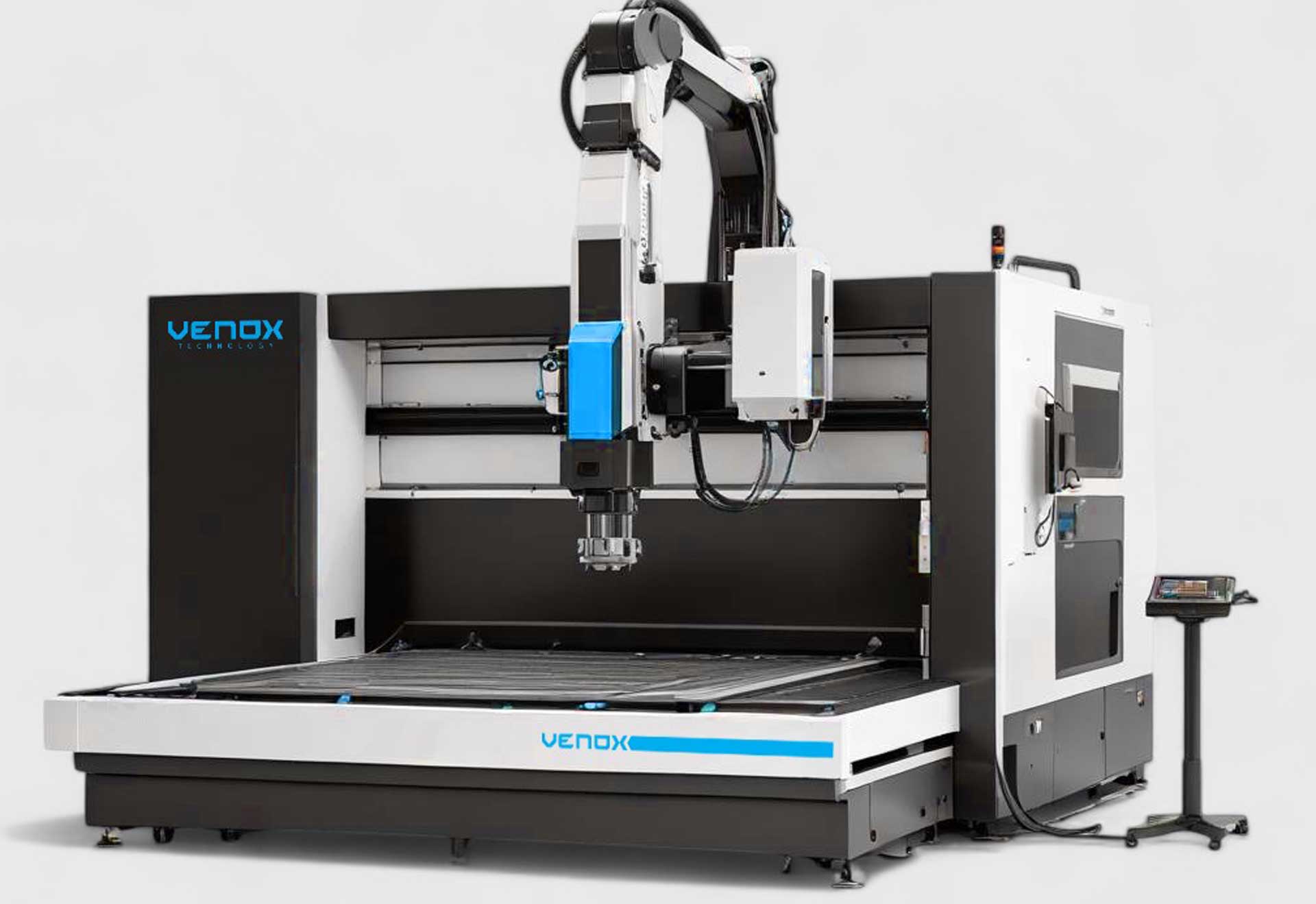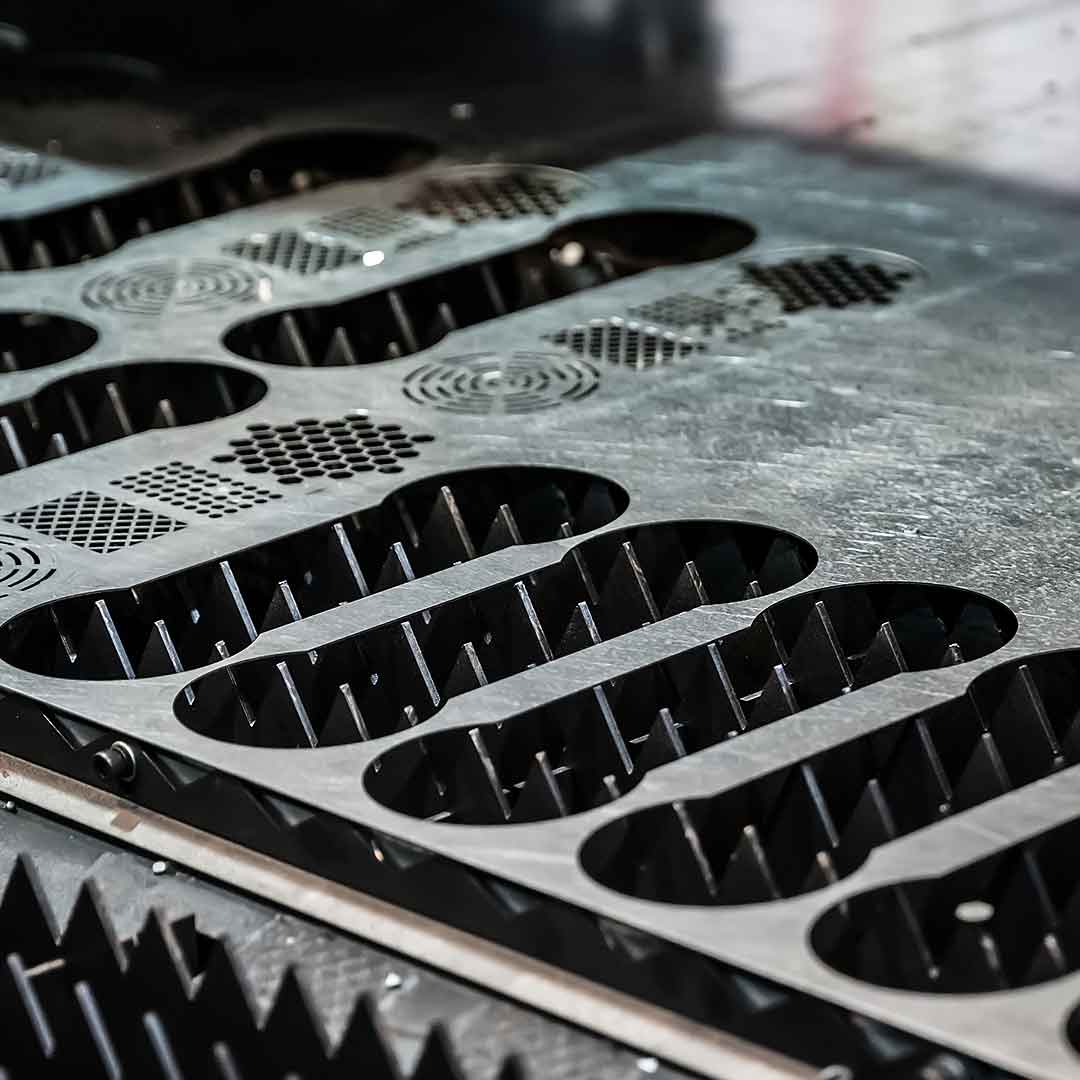Metal Laser Marking: Permanent, Durable, and Precise Industrial Coding Technology
What Is Metal Laser Marking?
Definition and Core Principle
Metal laser marking is the process of leaving a permanent mark on a metal surface by using the laser beam’s concentrated energy to produce oxidation, melting, or ablation. Because this technology requires no mechanical contact, it preserves surface integrity and delivers long-lasting markings.
How It Works
When the laser is focused on the metal, high heat is generated and the surface undergoes a change at the micron level. Through this change, logos, barcodes, QR codes, serial numbers, or text become visible by altering the metal’s color, reflectivity, or surface texture.
Laser Technologies Used
Fiber Laser
The most commonly used system. Fiber lasers at 1064 nm create high contrast on aluminum, stainless steel, brass, copper, and titanium surfaces.
UV Laser
Minimal thermal effect. Enables high-resolution marking on thin metal coatings, electronic components, and medical devices.
Green Laser
Applied to highly reflective metals such as gold and silver. Provides a precise solution for heat-sensitive parts.
Metal Laser Marking Methods
Annealing
Creates a color change on the surface of metals like stainless steel through heat. There is no material removal; preferred for hygienic applications.
Engraving
Laser energy melts the surface to form a deep groove. Used when high durability is required on heavy-duty industrial parts.
Ablation
Removes paint or coating layers on metal to reveal the substrate underneath. Used especially on anodized aluminum.
Foaming
Generates microbubbles on the metal surface with laser heat. This method is used to achieve light-colored contrast.
Advantages
Permanent and Wear-Resistant Marking
Laser marking creates traces that resist chemicals, abrasion, and heat. They do not fade even after years.
High Readability
Thanks to high-contrast marking, codes are easily read by barcode readers and optical scanners.
Contactless Technology
Since no mechanical pressure is applied, the metal surface structure is not deformed. Safe even on thin or fragile surfaces.
Low Cost, High Efficiency
Because it requires no consumables, long-term costs for printing, ink, and labels are eliminated.
Eco-Friendly Process
No chemicals are used and no waste is produced. High energy efficiency supports sustainable manufacturing.
Applications
Automotive
Serial production tracking via laser marking on engine parts, chassis numbers, gears, and metal fasteners.
Electronics
Microscale coding on PCBs, chips, connectors, and metal-coated components.
Medical Devices
Markings on surgical instruments, implants, and medical equipment that remain permanent even after sterilization.
Aerospace and Defense
Laser marking is standard for part traceability. QR and DataMatrix codes remain readable throughout the product’s life.
Jewelry
Logos, personal messages, or certificate numbers can be marked on gold, silver, and platinum surfaces.
Technical Specifications
Power Range
20W–100W fiber lasers can operate at different depths and speeds. Low power suits precision marking; high power is suitable for deep engraving.
Marking Area
Area options include 110×110 mm, 200×200 mm, and 300×300 mm. X-Y axis systems can be used for larger fields.
Resolution
Operates with 0.001 mm precision to deliver micro-detailed marking.
Data Integration
Venox laser marking systems can process dynamic data thanks to ERP/MES integration.
Quality Control
After marking, vision cameras verify barcode/QR code readability. Incorrect marks can be automatically rejected.
Applications by Metal Type
- Stainless Steel: High-contrast color change using the annealing method.
- Aluminum: Ablation of surface coatings or deep engraving.
- Copper and Brass: Clear marking on highly reflective surfaces with fiber lasers.
- Titanium: Identification for medical and aerospace industries.
Machine Selection Criteria
Production Volume
Compact desktop systems for small businesses; inline laser machines for large factories.
Material Characteristics
Short-pulse lasers (MOPA/Green) are recommended for highly reflective metals.
Environmental Conditions
Use IP-rated laser systems in environments with high dust, humidity, and vibration.
Conclusion
Metal laser marking is one of today’s most reliable and sustainable marking methods in industry. Venox laser marking machines deliver excellent readability on metal surfaces, long-term traceability, and high production speed—elevating manufacturing quality to the next level.
